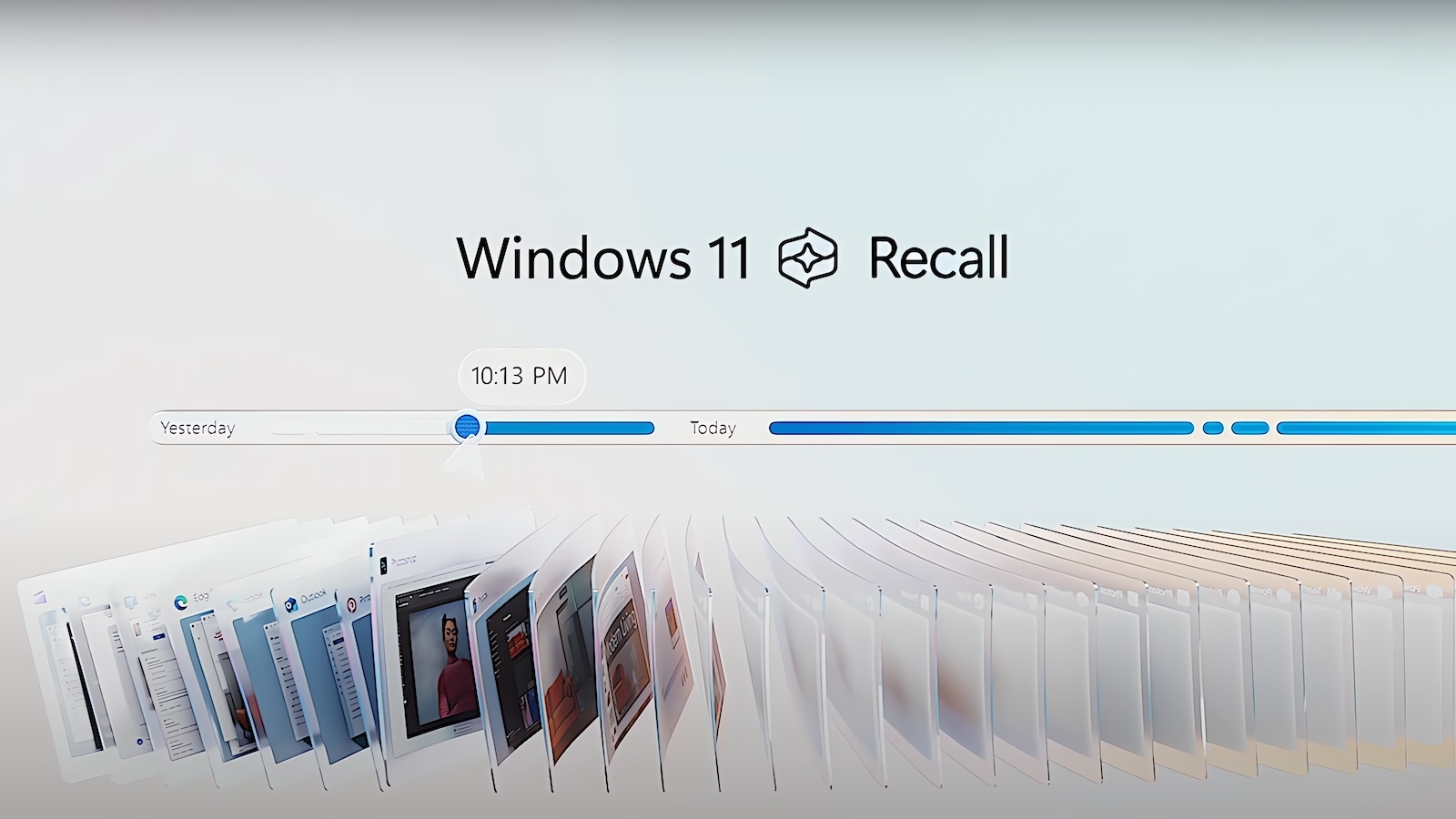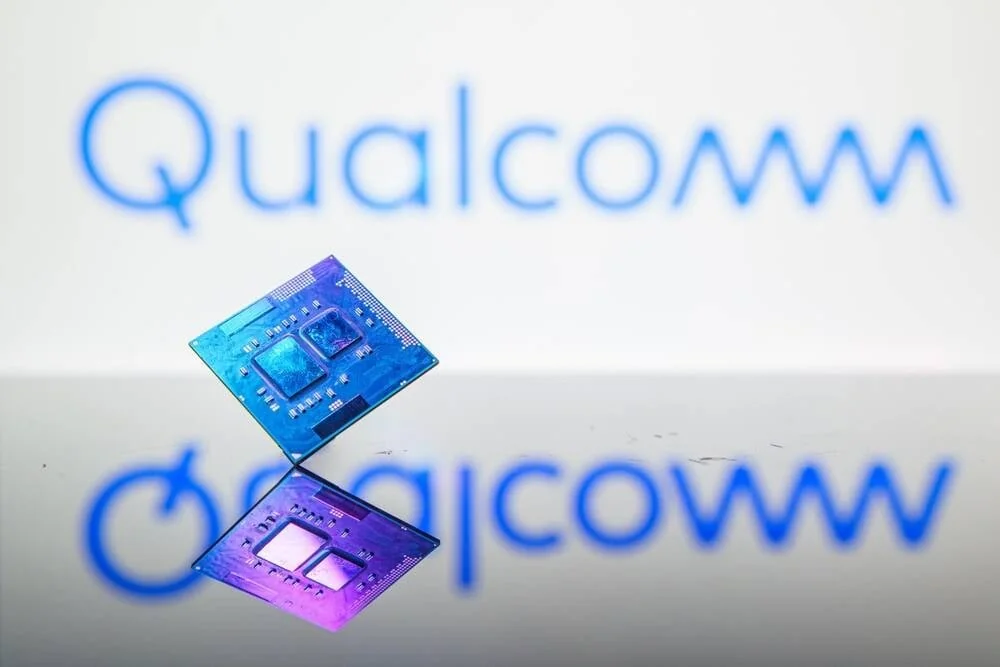
Windows Recall: Microsoft Takes Cautious Approach for Enterprise Users
Microsoft’s Windows Recall feature, which promises to remember everything a user does on their PC and make it accessible across devices, has sparked privacy concerns since its introduction. While the feature’s potential utility is clear, the idea of having a visual record of every action raises significant privacy issues for many. In response to these concerns, Microsoft has made a significant change in how Recall will be implemented for business users.
According to a new blog post, Windows Recall will be disabled by default on all enterprise machines. This decision is a direct response to the ongoing criticism of the feature, and it reflects Microsoft’s caution in ensuring that businesses feel comfortable using it. For organizations that wish to enable Recall, IT administrators will need to approve the feature, and the hardware must meet the Copilot+ specifications.
Pavan Davuluri, Microsoft’s VP of Windows + Devices, emphasized that IT departments will be able to enable Recall through new policies, allowing businesses to decide whether to opt into the feature. The company’s intention is to address privacy and security concerns by offering enhanced security with additional layers of encryption and Windows Hello protection for Recall. While these changes aim to increase the feature’s security, it’s clear that Microsoft is erring on the side of caution when it comes to enterprise users.
This cautious approach contrasts with the availability of Recall on consumer Copilot+ machines, where users can opt in or disable the feature entirely. Recall’s rollout has been plagued by delays, originally planned for the summer, then pushed to October, and finally set for a “before December” release for Windows Insiders. Despite its availability on consumer systems, it’s still unclear whether enterprise users will fully embrace the feature, especially given the significant privacy concerns that have already surfaced.
By shipping Recall in a disabled state for businesses, Microsoft is taking a more conservative approach, possibly acknowledging the feature’s potential to create privacy and security challenges. While the feature may remain largely dormant in enterprise settings, it underscores the complex balance between innovation and user privacy that Microsoft must navigate.




